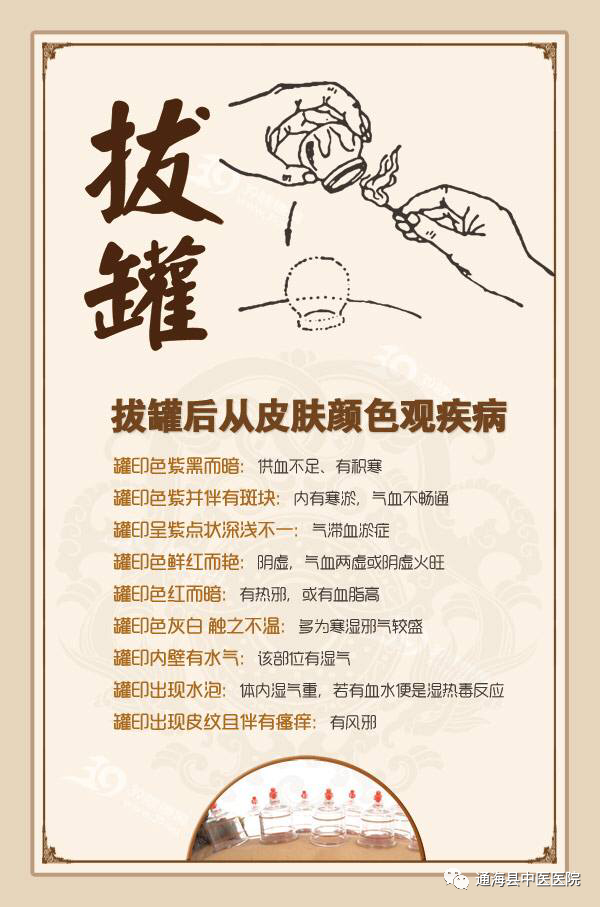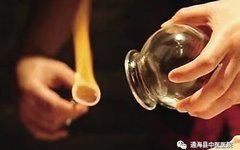
Cupping Therapy is a distinctive treatment method in Traditional Chinese Medicine (TCM) that addresses internal diseases through external means. It primarily utilizes appropriate cupping instruments applied to the skin, meridians, acupoints, and affected areas of the body. This method opens the skin’s pores and stimulates the internal organs through the meridians, facilitating the expulsion of pathological metabolic products and external pathogens such as wind, cold, dampness, heat, and toxins. This process nourishes the affected organs, tissues, and cells, thereby achieving the goals of disease prevention, treatment, and promoting overall health. The early cupping therapy was referred to as “Jiao Fa” or “Jiao Xi Fa”. It was first documented in the medical text “Fifty-Two Disease Formulas” unearthed from the Han tomb at Mawangdui in Hunan. It is called a millennia-old classic therapy not only due to its long history but also because cupping therapy is characterized by its simplicity, safety, definite efficacy, and wide applicability, making it beloved by the public and widely practiced for thousands of years without decline.

Applications of Cupping: (1) Static Cupping involves placing the cup on the skin and leaving it in position for 5-10 minutes; it is commonly used for conditions like wind-cold-damp obstruction, neck, shoulder, waist, and leg pain. (2) Sliding Cupping involves applying a lubricant to the rim of the cup, then moving the cup back and forth on the skin until it becomes red; it is used on larger, muscular areas such as the lower back and is often applied for colds and coughs. (3) Flash Cupping involves quickly placing and removing the cup multiple times until the skin turns red; it is commonly used for facial paralysis. (4) Bloodletting Cupping involves using a plum blossom needle or three-edged needle to prick the skin to induce bleeding, followed by cupping to draw out 3-5 mL of blood; it is often used for skin conditions like acne. Cupping has a wide range of applications, including rheumatic pain, various types of nerve paralysis, and acute and chronic pain such as abdominal pain, low back pain, dysmenorrhea, and headaches. It can also be used for conditions related to organ dysfunction such as colds, coughs, asthma, indigestion, stomach pain, and dizziness. Additionally, cupping can be applied to surgical conditions such as erysipelas, red thread sores, snake bites, and early-stage ulcers.Benefits of Cupping: 1. Eliminates toxins 2. Promotes blood circulation 3. Relieves soreness 4. Reduces muscle fatigue 5. Can also treat insomnia; through cupping, internal dampness and cold can be expelled through the skin, alleviating fatigue and promoting relaxation and mental clarity. What do the marks left by cupping indicate? Precautions for Cupping: 1. Cupping is not suitable when overly full or hungry 2. One should relieve themselves before cupping 3. The same area should not be cupped daily 4. Cupping should not be repeated until any marks have faded 5. Cupping is not suitable during menstruation or on areas with bleeding disorders 6. Avoid bathing immediately after cupping, especially with cold water 7. Cupping is not suitable for high fever, convulsions, or spasms 8. Cupping should not be performed on areas with skin allergies or open wounds 9. Avoid cupping on areas with thin muscles, uneven bones, or excessive hair 10. Pregnant women should use caution with cupping on the lower back and abdomen.
Precautions for Cupping: 1. Cupping is not suitable when overly full or hungry 2. One should relieve themselves before cupping 3. The same area should not be cupped daily 4. Cupping should not be repeated until any marks have faded 5. Cupping is not suitable during menstruation or on areas with bleeding disorders 6. Avoid bathing immediately after cupping, especially with cold water 7. Cupping is not suitable for high fever, convulsions, or spasms 8. Cupping should not be performed on areas with skin allergies or open wounds 9. Avoid cupping on areas with thin muscles, uneven bones, or excessive hair 10. Pregnant women should use caution with cupping on the lower back and abdomen.

Long press the QR code above to follow our WeChat public account to stay updated on diagnosis and treatment
WeChat Public Account: Tonghai County Traditional Chinese Medicine Hospital
Hospital Office Phone:0877-3012164
Emergency Department:0877-3012120
Internal Medicine (Geriatrics): 0877-3018539
Surgery:0877-3018579
Proctology:0877-3016429
Acupuncture Department:0877-3023540
Address: No. 50, North Street, Xiushan Street, Tonghai County, Yunnan Province


